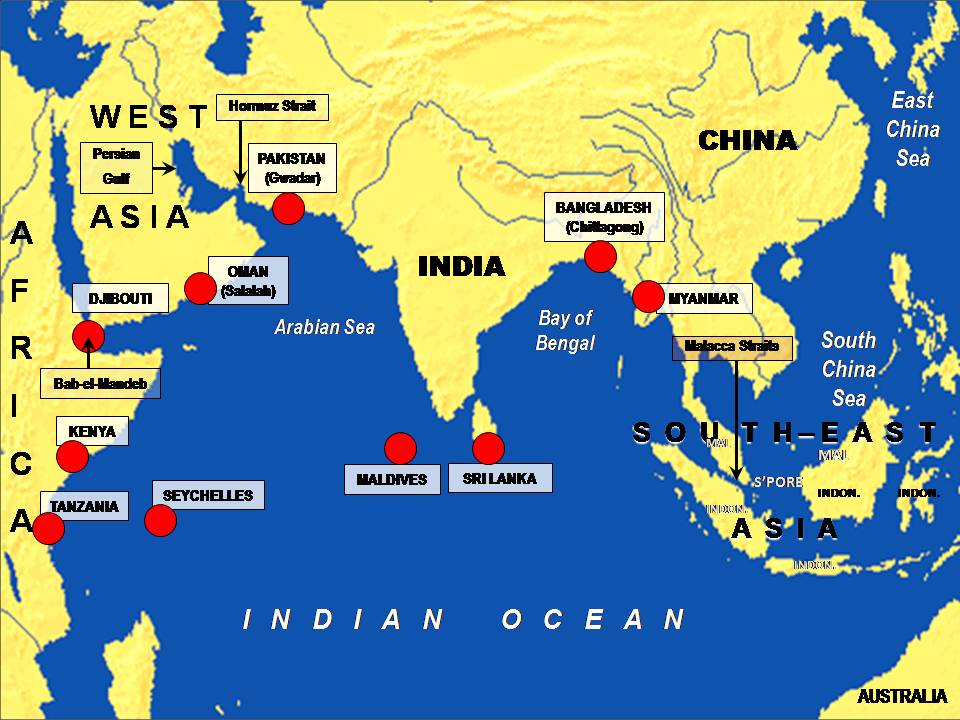7667766266
enquiry@shankarias.in
What is the issue?
What are the recent exercises by India?

What is the geo-political drive?
What seems to be China's strategy?
How is China's engagement in African region?
How significant are partnerships now?
Source: The Hindu